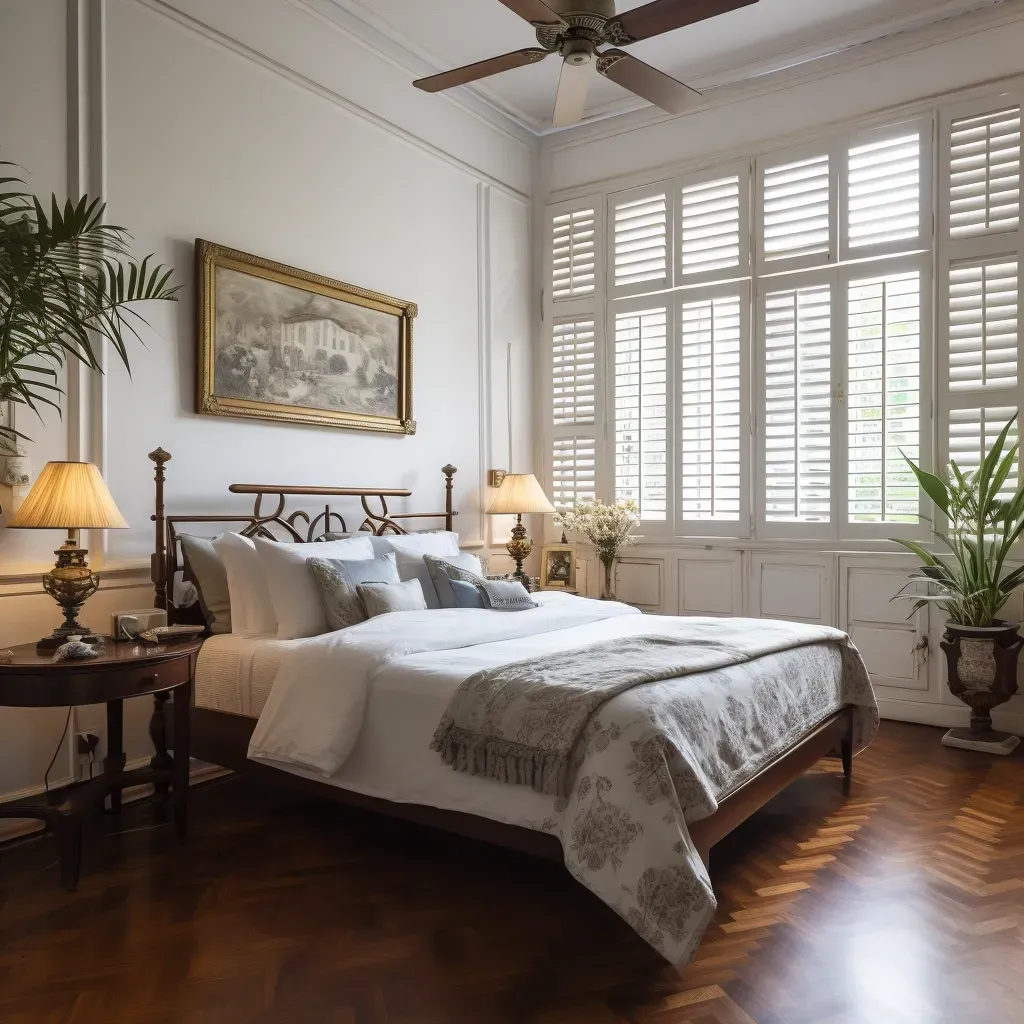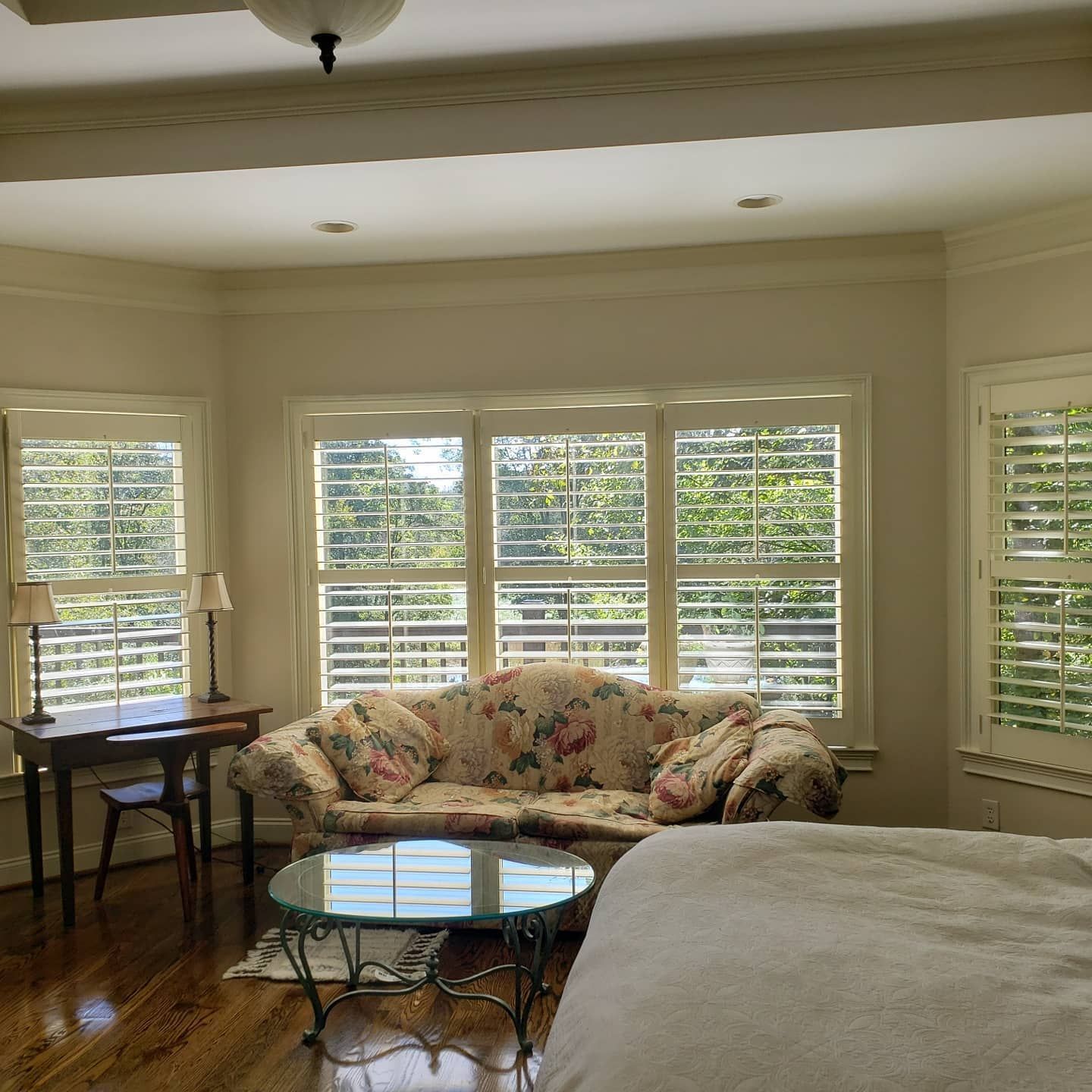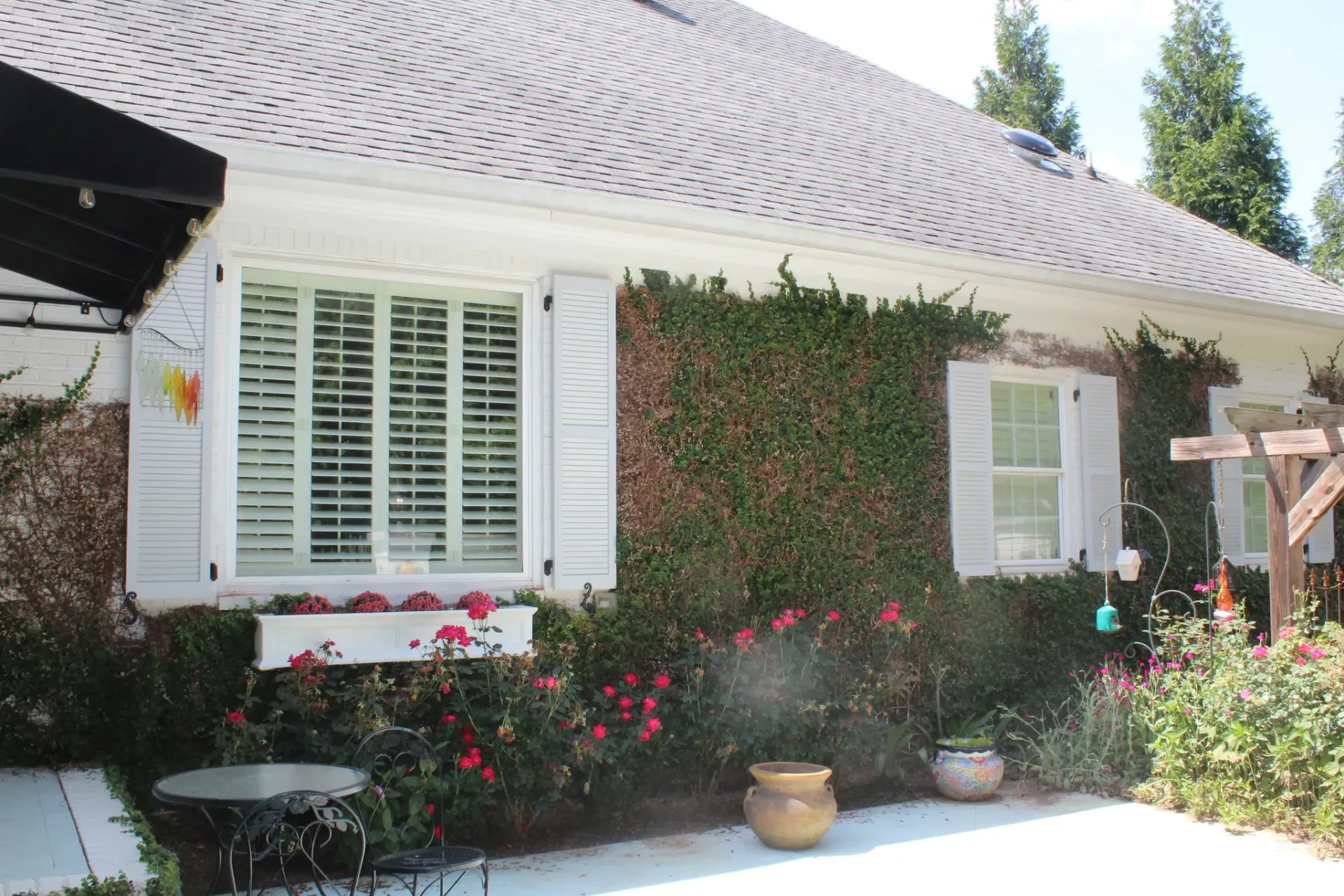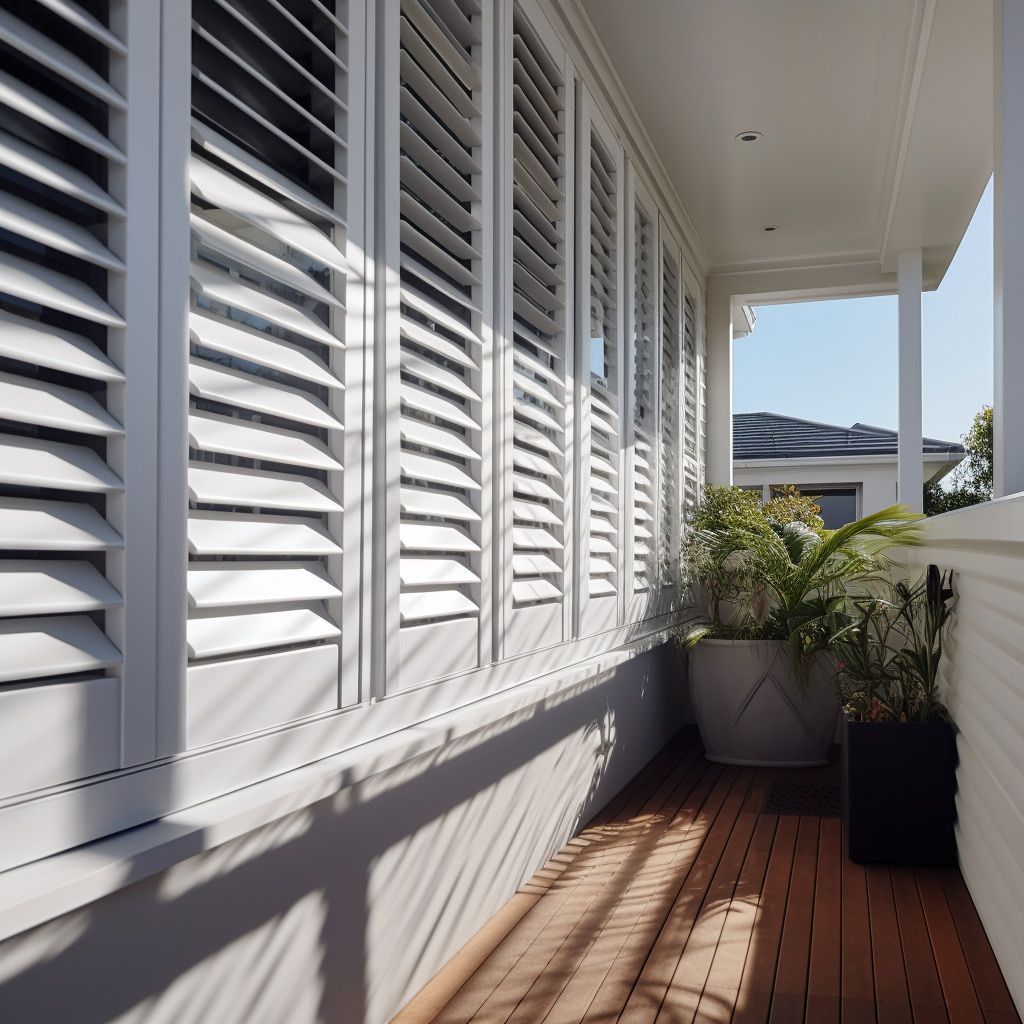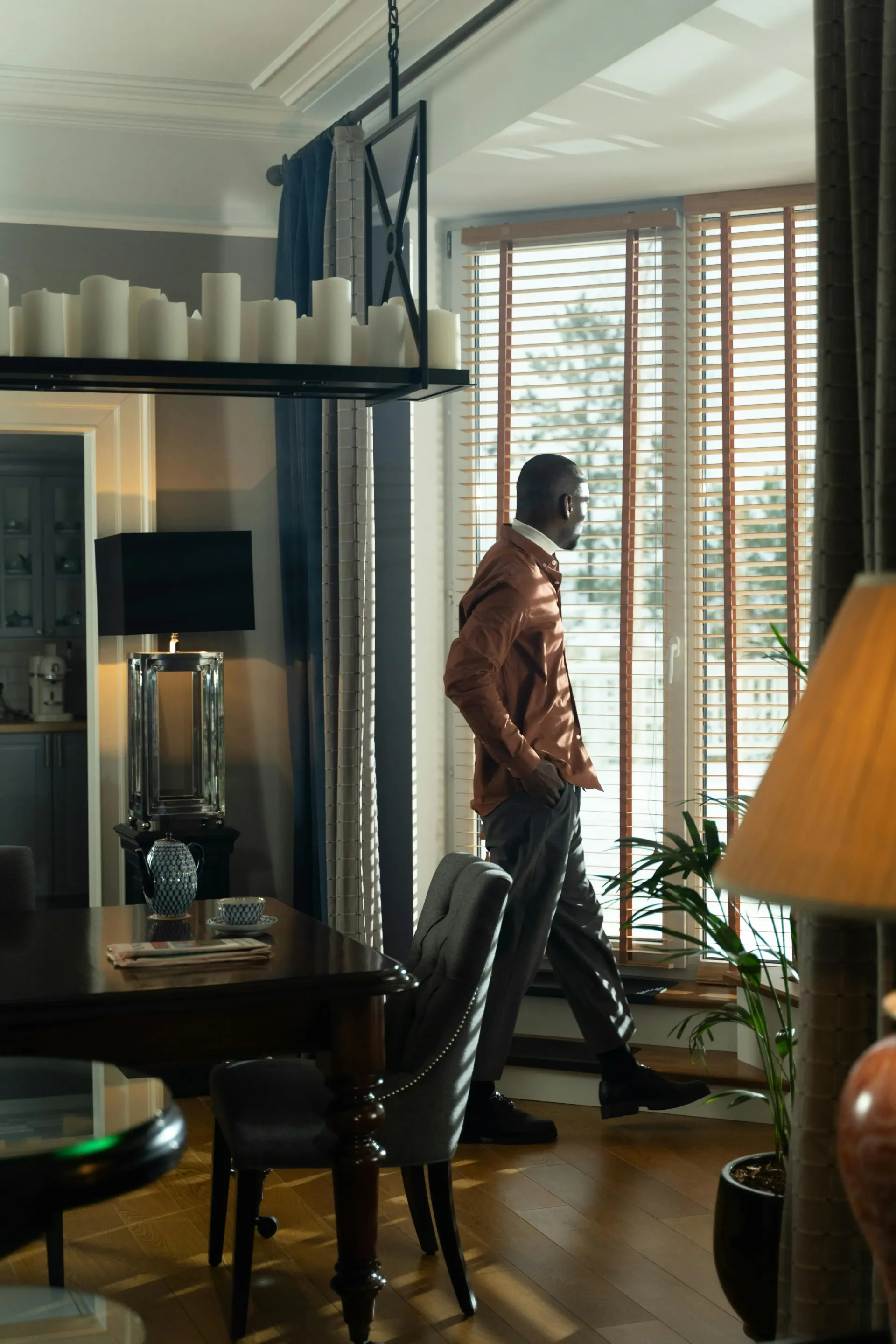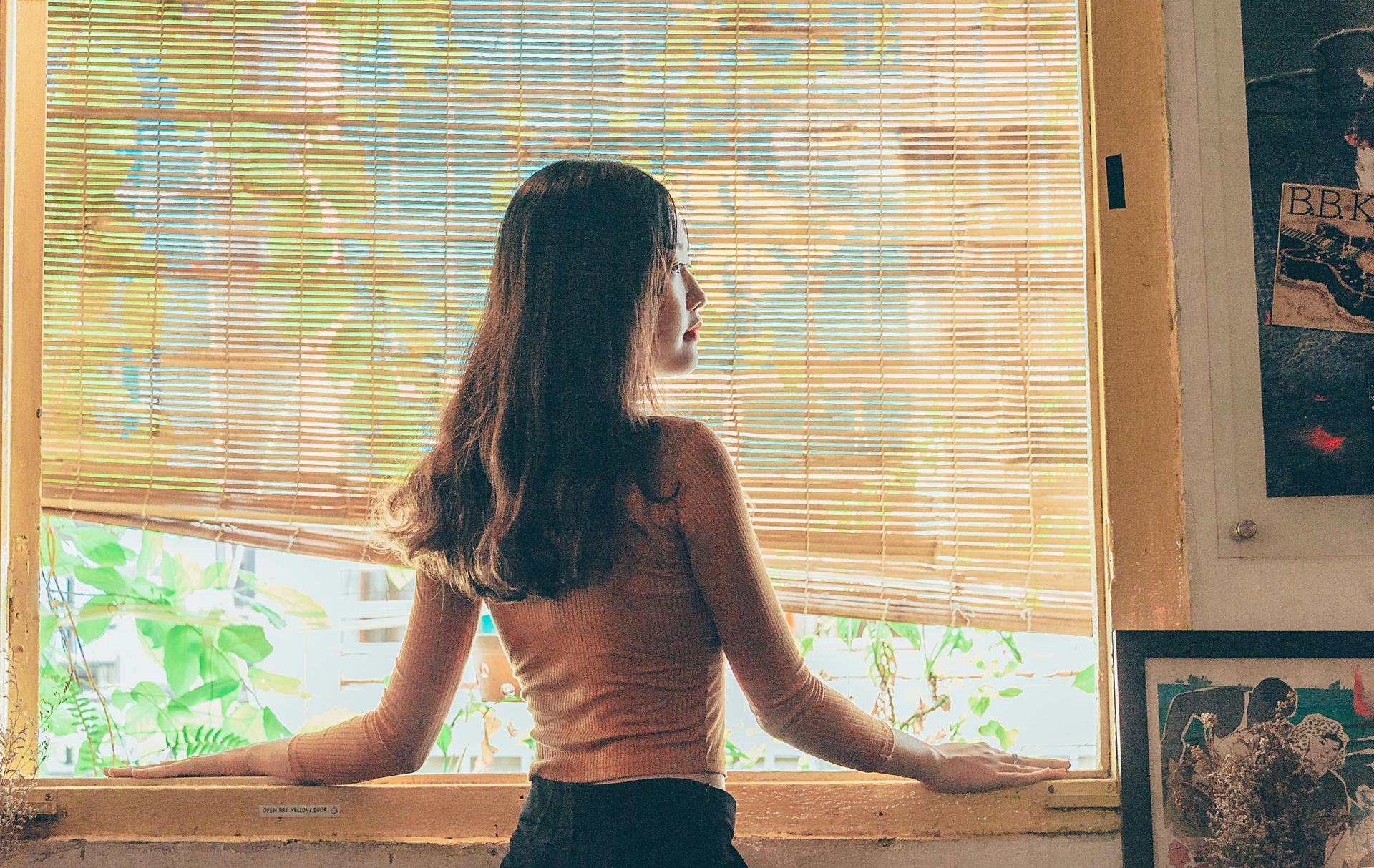
5 Signs It's Time to Upgrade Your Window Blinds or Shutters
Window treatments do more than just look nice. They protect your privacy, control light, and can even save you money on energy bills. But like anything in your home, blinds and shutters don't last forever.
When should you replace your window blinds or shutters? You should consider upgrading when you notice visible damage, operating difficulties, outdated styles, privacy or light control issues, or rising energy bills. These signs indicate your current window treatments are no longer serving their purpose effectively.
Many homeowners wait too long to replace their blinds or shutters, living with problems that affect their comfort and home's appearance. This guide will help you spot the warning signs that it's time for new window treatments and explain the benefits of upgrading.
Why Window Treatments Matter
Impact on Home Value
Quality window treatments can boost your home's value and curb appeal. Potential buyers notice details like modern, well-maintained blinds and shutters. These features signal that a home has been cared for and can make spaces look larger and more inviting.
When window treatments look worn or outdated, they can make even the most beautiful room seem neglected. Replacing them before selling your home is a small investment that can yield significant returns.
Energy Efficiency Benefits
The right blinds or shutters create a barrier between your windows and living spaces. This extra layer helps keep heated or cooled air inside your home where it belongs. Modern window treatments are designed with energy efficiency in mind, using materials and construction techniques that provide better insulation.
Sign #1: Visible Damage and Wear
Broken Slats and Mechanisms
When blinds have bent, cracked, or missing slats, they've reached the end of their useful life. These issues not only look bad but also prevent proper operation. Similarly, shutters with damaged hinges, louvers, or frames can't function as intended.
Cords that are frayed or mechanisms that stick are also clear signs of wear. These problems can be safety hazards, especially in homes with children or pets.
Fading and Discoloration
Exposure to sunlight causes window treatments to fade unevenly over time. This discoloration is most noticeable on treatments that get direct sun for part of the day. You might see a clear difference between the color at the top versus the bottom of your blinds.
Materials like vinyl and fabric are particularly prone to sun damage and may become brittle or discolored. Once this process starts, it can't be reversed.
Sign #2: Difficulty Operating Your Blinds
Stuck Mechanisms
Do you find yourself struggling to raise or lower your blinds? Are your shutters hard to open or close? These operating difficulties mean internal mechanisms are wearing out.
When blinds don't stay in position or drop suddenly, it's not just annoying—it's a sign that the locking mechanisms have failed. Repair may be possible, but replacement is often more cost-effective in the long run.
Uneven Movement
When blinds rise unevenly or shutters don't close flush, it affects both function and appearance. This issue typically means that cords or slats have stretched over time or that the mounting has become uneven.
While minor adjustments might help temporarily, these problems usually worsen until replacement becomes necessary.
Sign #3: Outdated Style That Ages Your Home
Current Window Treatment Trends
Window treatment styles change over time, just like other home design elements. Heavy, ornate valances and dark mini-blinds from previous decades can make your home look dated.
Today's trends favor clean lines, natural materials, and smart features like motorization. Updating to current styles can instantly refresh your entire room without a complete renovation.
Matching Blinds to Your Home Style
Your window treatments should complement your home's architectural style and interior design. What worked in your previous home might not be right for your current space.
For traditional homes, plantation shutters offer timeless appeal. Modern spaces benefit from sleek roller blinds or simple wood blinds. Taking time to select the right style can transform a room's appearance.
Sign #4: Poor Light Control and Privacy Issues
Light Gaps and Filtering Problems
When closed blinds still let in streams of light around the edges or between slats, they're no longer doing their job properly. These light gaps can be particularly problematic in bedrooms or media rooms.
Warped slats can't close completely, creating uneven light filtering and reducing your ability to control brightness in a room.
Privacy Concerns
Window treatments that don't close properly or have damaged slats compromise your privacy. This is especially important for ground floor windows or rooms facing busy streets.
If you find yourself feeling exposed or constantly adjusting your blinds for better coverage, it's time to consider replacements that offer proper privacy protection.
Sign #5: Higher Energy Bills
How Window Treatments Affect Energy Costs
Have you noticed your energy bills creeping up despite no major changes in usage? Your window treatments might be the culprit. Up to 30% of a home's heating and cooling energy can be lost through windows.
Older or damaged blinds and shutters don't provide adequate insulation against heat and cold transfer through glass. This forces your HVAC system to work harder and consume more energy.
Energy-Efficient Options
Modern window treatments offer impressive energy-saving features. Cellular shades (also called honeycomb blinds) trap air in their pockets, creating excellent insulation. Plantation shutters provide a solid barrier that reduces heat transfer.
Some newer options even have reflective backings that bounce summer heat away from your home while keeping interior warmth during winter months.
Choosing the Right Replacement Options
Types of Window Treatments
With so many options available, choosing the right replacement can seem overwhelming:
- Plantation shutters offer classic style and excellent light control
- Wood blinds bring natural warmth and durability
- Faux wood blinds resist moisture in bathrooms and kitchens
- Roller blinds provide clean, modern lines and come in countless fabrics
- Exterior shutters add curb appeal while protecting windows
Consider how each room is used when selecting window treatments. Bedrooms might benefit from blackout options, while kitchens need treatments that resist moisture and are easy to clean.
Material Considerations
The material you choose affects durability, appearance, and maintenance requirements:
- Real wood offers natural beauty but may warp in humid environments
- Faux wood provides the look of wood with better moisture resistance
- Vinyl is budget-friendly and easy to clean
- Fabric treatments allow for unlimited color and pattern options
Quality materials will last longer and perform better, making them worth the investment despite higher initial costs.
Professional Installation vs. DIY
Benefits of Professional Installation
Professional installers bring experience and specialized tools to ensure your new window treatments function properly. They can spot potential issues with mounting surfaces and make adjustments for out-of-square windows.
Professional installation also typically comes with warranties and guarantees that protect your investment. This peace of mind is often worth the additional cost.
When DIY Makes Sense
Simple window treatments in standard window sizes can be good candidates for DIY installation. If you're comfortable using basic tools and can measure accurately, you might save on installation costs.
However, be realistic about your skills. Improperly installed window treatments won't function correctly and may end up costing more to fix or replace.
Conclusion
Your window treatments do important work every day, from protecting your privacy to helping manage your home's temperature. When they show signs of wear or no longer function properly, they deserve to be replaced.
New blinds or shutters aren't just practical upgrades—they're investments in your comfort, home value, and energy efficiency. By recognizing the signs that it's time for replacement, you can make informed decisions about when to upgrade.
Find Quality Window Treatments in Athens and Beyond
Ready to transform your windows with beautiful, functional new blinds or shutters? Southern Shutters and Blinds brings 48 years of expertise to every project. Our owner, Ben Rutledge, personally ensures each installation meets our high standards.
Visit us to explore our extensive selection of plantation shutters, wood and faux wood blinds, roller blinds, and exterior shutters. We proudly serve Athens, Suwanee, Watkinsville, Madison, and Winterville, GA with custom solutions tailored to your home's needs.
Don't live with damaged or outdated window treatments another day. Contact Southern Shutters and Blinds today and discover how the right window treatments can enhance both the beauty and function of your home.

